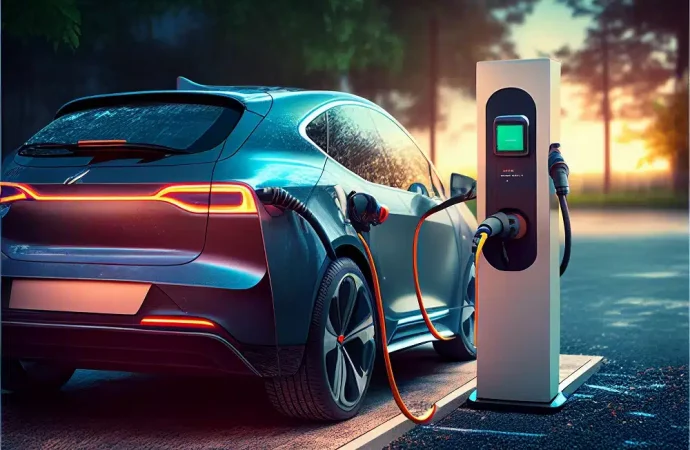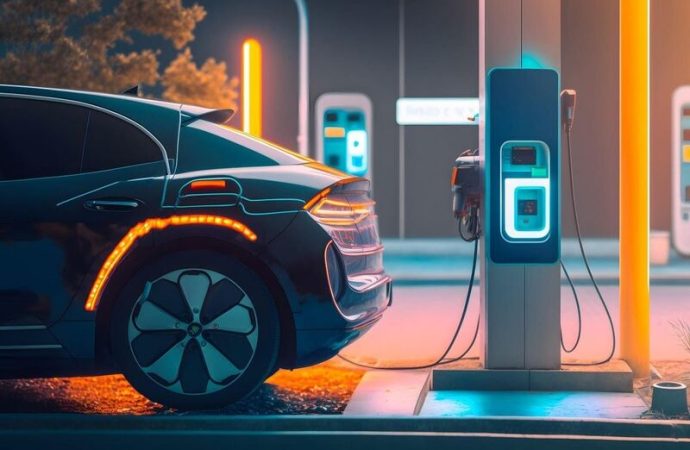Introduction Europe’s vision for an independent battery supply chain, vital for the continent’s green energy transition, faces unexpected delays. This article unravels the complexities surrounding this setback, examining the factors drawing components producers to the U.S. and the potential ramifications for Europe’s ambitions in sustainable energy. Source of Knowledge To provide an insightful analysis, we
Introduction
Europe’s vision for an independent battery supply chain, vital for the continent’s green energy transition, faces unexpected delays. This article unravels the complexities surrounding this setback, examining the factors drawing components producers to the U.S. and the potential ramifications for Europe’s ambitions in sustainable energy.
Source of Knowledge
To provide an insightful analysis, we turn to Dr. Andreas Schmidt, a distinguished economist specializing in global supply chains and renewable energy. Dr. Schmidt’s expertise sheds light on the intricate dynamics influencing the European battery industry.
The Unraveling Supply Chain Plans
1. Components Producers’ Migration to the U.S.
Discover the factors enticing key components producers away from Europe. Dr. Schmidt dissects the reasons behind this migration and assesses the impact on Europe’s pursuit of a self-sufficient battery supply chain.
2. Consequences for Green Energy Transition
The delay in establishing a robust battery supply chain has profound implications for Europe’s ambitious green energy transition. Explore how this setback affects renewable energy initiatives, electric vehicle production, and the broader sustainability agenda.

Image by: https://www. waters.com
Strategies for Recovery
1. Attracting Investments and Innovation
Dr. Schmidt proposes strategies for European policymakers to attract investments and foster innovation, aiming to regain control of the battery supply chain. This section explores policy adjustments and incentives to reinvigorate the region’s competitiveness.
2. International Collaboration and Alliances
In an interconnected global economy, collaboration becomes paramount. Dr. Schmidt advocates for strategic alliances and international cooperation as essential components of Europe’s strategy to secure its position in the evolving battery industry.
Expert Analysis: Dr. Andreas Schmidt’s Insights
Dr. Schmidt emphasizes the need for swift action: “The allure of the U.S. for components producers requires Europe to reassess its approach promptly. Strategic initiatives, innovation incentives, and international collaborations are key to reclaiming control of the battery supply chain.”
Comparative Table: Battery Supply Chain Landscape
| Aspect | Europe’s Previous Approach | Current Challenges |
|---|---|---|
| Components Producers’ Location | Europe-focused | Migration to the U.S. |
| Green Energy Transition Impact | Positive momentum towards sustainability | Delayed and uncertain progress |
| Strategic Alliances | Regional collaborations and partnerships | Need for broader international cooperation |
Conclusion
As European plans for a self-sufficient battery supply chain face unexpected delays, Dr. Andreas Schmidt’s insights provide a roadmap for recovery. The global power dynamics are evolving, and Europe must adapt swiftly to secure its position in the burgeoning battery industry. By implementing strategic initiatives and fostering international collaborations, Europe can turn this setback into an opportunity for sustainable and resilient growth.

















Leave a Comment
Your email address will not be published. Required fields are marked with *